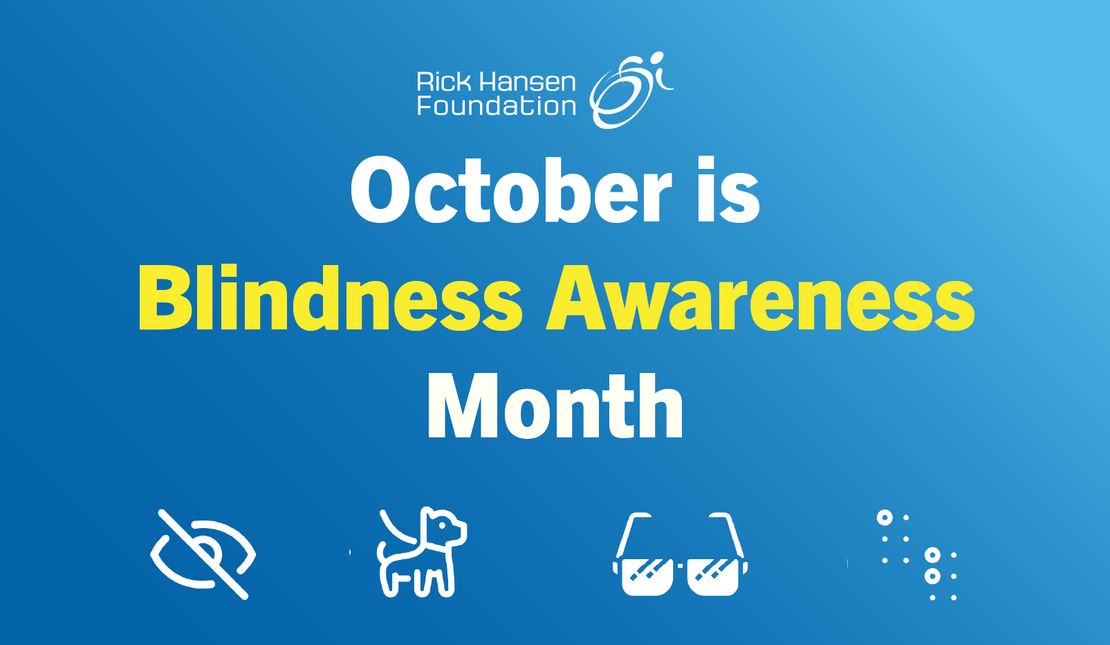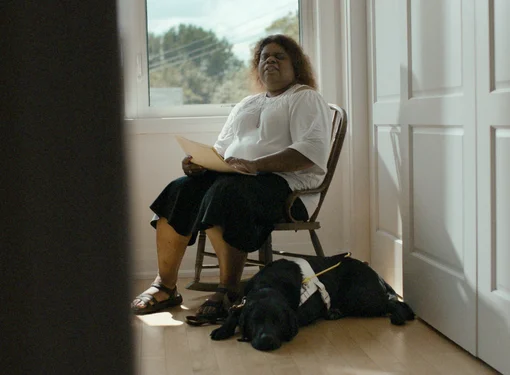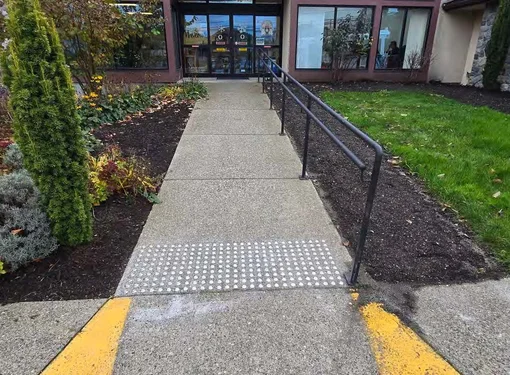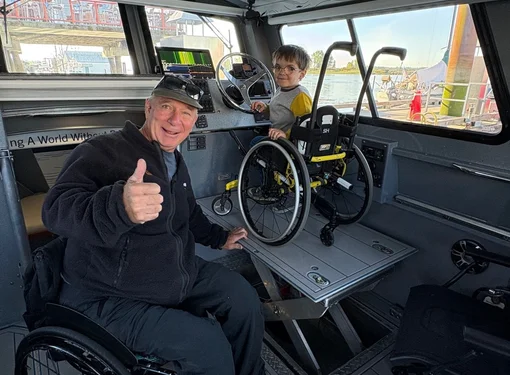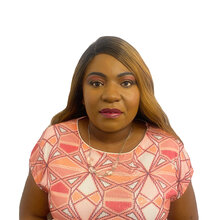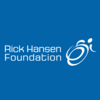Living Fully in Every Sense: Honouring Blindness Awareness Month
October is Blindness Awareness Month, a time dedicated to honour lived experiences, amplify voices, and imagine a world where everyone belongs.
What does “blindness” really mean?
When we hear the word “blind,” many of us picture total darkness. But blindness exists on a spectrum.
Legal blindness means that even with corrective aids like glasses, a person’s vision is significantly limited, either in clarity or in field of view. Full blindness refers to little or no light perception. In between lies low vision, where someone might see shapes, colours, or shadows, but not fine detail.
Today, many Canadians live with vision loss. Common causes include:
- Age-related macular degeneration (AMD),
- Cataracts,
- Glaucoma,
- Diabetic retinopathy, and
- Other conditions such as corneal disease, trauma, or damage to the optic nerve.
Organizations like Fighting Blindness Canada and the Canadian Council of the Blind offer research, resources, and support to help the public better understand these realities.

Work, Opportunity, and Barriers
Work brings purpose, connection, and financial independence. Yet for many people who are blind, accessing meaningful employment is often challenging.
Recent data from Statistics Canada reveals that in 2024, the employment rate for people with disabilities was 46.4%, compared to 66.2% for those without disabilities. Among people with vision loss specifically, the CNIB reports an unemployment rate of 14.5%, nearly three times the national average.
Several barriers contribute to this gap:
- Limited awareness among employers about accommodations,
- Lack of accessible tools like screen readers, tactile labels, or proper lighting,
- Few opportunities for hands-on training, internships, or mentorship,
- Persistent misconceptions about the abilities of people who are blind, and
- Gaps in accessible education and assistive technologies.
Despite these challenges, many people who are blind are leading change, innovating, and advocating for inclusive workplaces across Canada.

Celebrating Achievements and Pushing Boundaries
People who are blind have made remarkable contributions in education, art, science, advocacy, leadership, and business. Their stories simply tell us that losing sight is not equal to lack of potential.
Technology has opened new doors. Tools like screen readers, Braille displays, Optical Character Recognition (OCR) apps, voice assistants, and inclusive design empower people to read, communicate, travel, work, and connect in ways that were once out of reach.
Thanks to these innovations, many have become educators, entrepreneurs, advocates, and changemakers, helping shape a more inclusive society.
A Full Life: Betty Nobel’s Inspiring Journey
Betty Nobel’s story is an example of what’s possible. Born blind, she embraced education, inclusion, and advocacy with unwavering determination.
After completing high school, Betty earned a Bachelor of Arts and a degree in adult education from the University of British Columbia. Her academic journey paved the way for others to access learning.
Beyond the classroom, Betty has been a driving force in accessibility and policy. As Chair of the Accessible Standards committee for wayfinding and signage, she helped shape how public spaces communicate through touch, sound, and orientation. She’s worked with Braille Literacy Canada, rehabilitation organizations, and policy groups to advance inclusion.
In 2025, Braille Literacy Canada honoured her with the President’s Award for her exceptional contributions.
Betty’s deep connection to her family and community fuels her work. She has lived fully, led generously, and inspired others to see blindness as a different way of experiencing the world, instead of seeing it as a limitation.
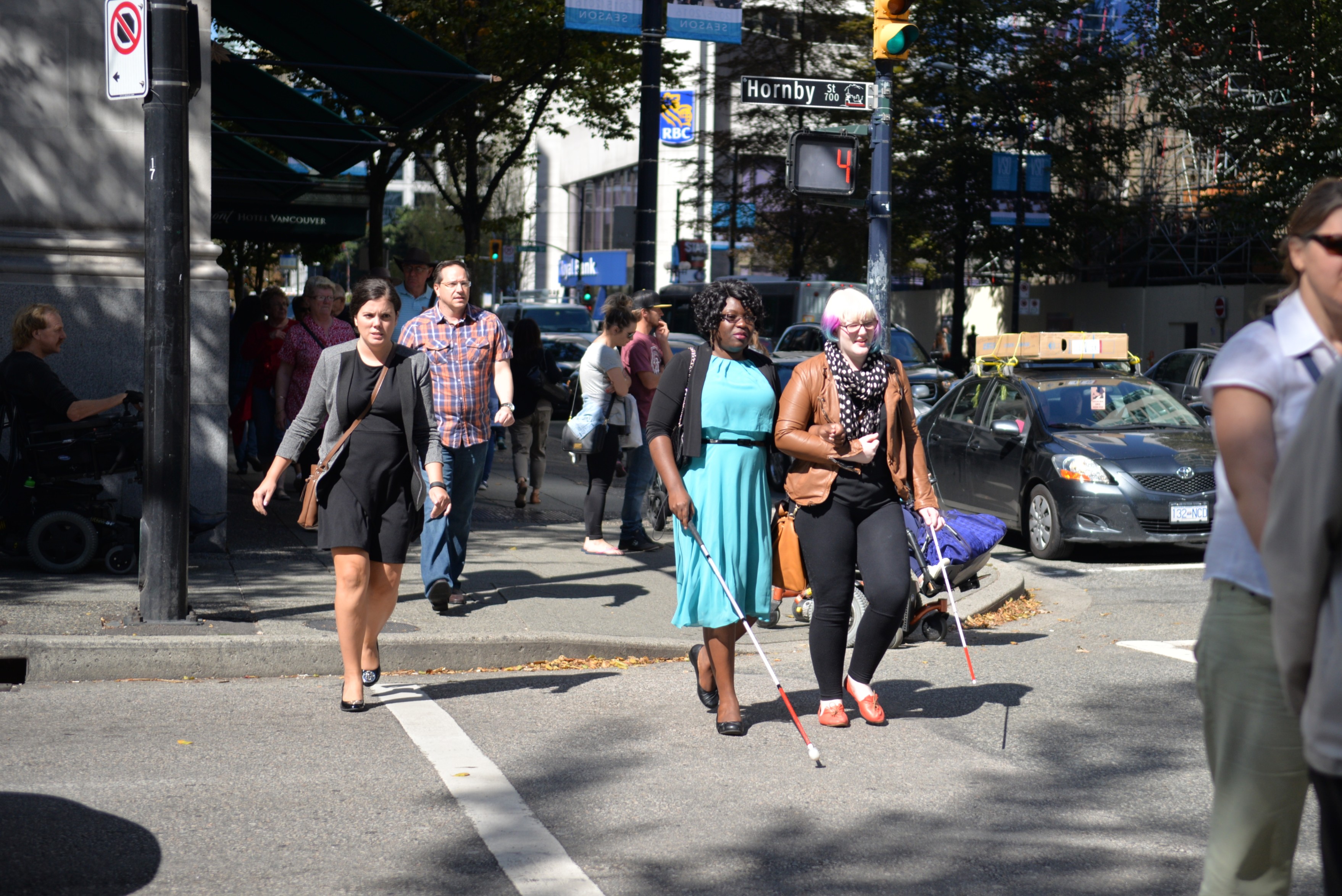
Challenges That Remain
While progress has been made, challenges persist.
Misunderstandings and outdated attitudes still exist. People may assume that blindness means inability or treat individuals differently without understanding their abilities.
Many websites, apps, and digital platforms remain inaccessible. Without screen reader compatibility or proper labelling, people with vision loss are often excluded from services others take for granted.
Access to health care can be inconsistent. Some systems still fail to provide information in accessible formats or assume a one-size-fits-all approach.
Banking, financial services, and ATMs often lack full accessibility, requiring extra steps for those who cannot read printed statements or use touchscreens without audio support.
Public infrastructure, such as signage, pedestrian crossings, and tactile cues, frequently fall short in design, making navigation more difficult or even dangerous.
But these are not permanent barriers. Through inclusive design, public awareness, advocacy, and collaboration, they can be removed.
Blindness Awareness Month is a call to stop looking, but to truly see. To see the strength, talent, and potential of people who are blind. To listen to stories like Betty Nobel’s and celebrate lives of purpose, resilience, and leadership.
Let's take this moment to reflect and take action. A moment to shift attitudes, fuel progress, and build a Canada where every person, regardless of sight, can move freely, contribute and live with pride.
